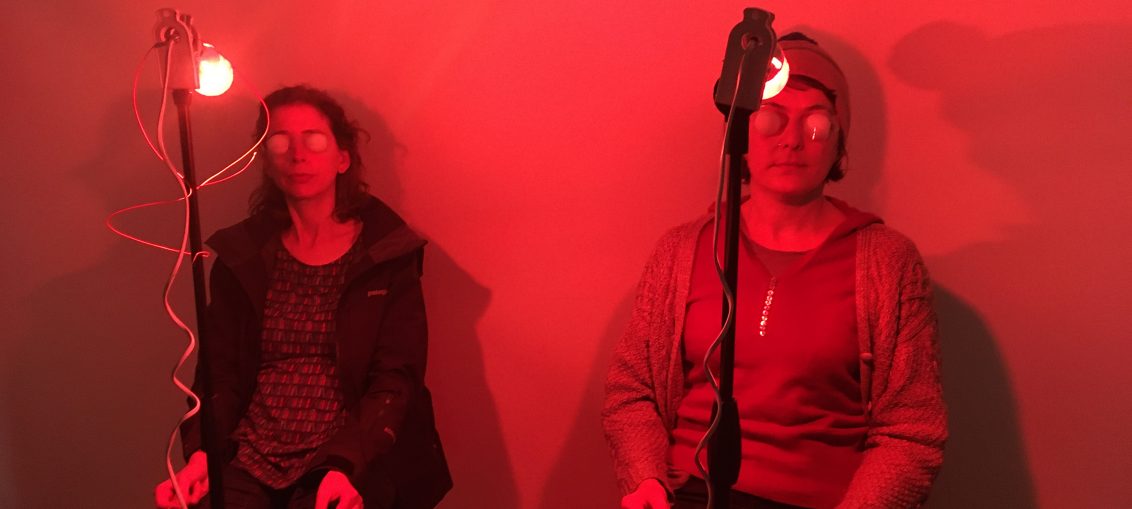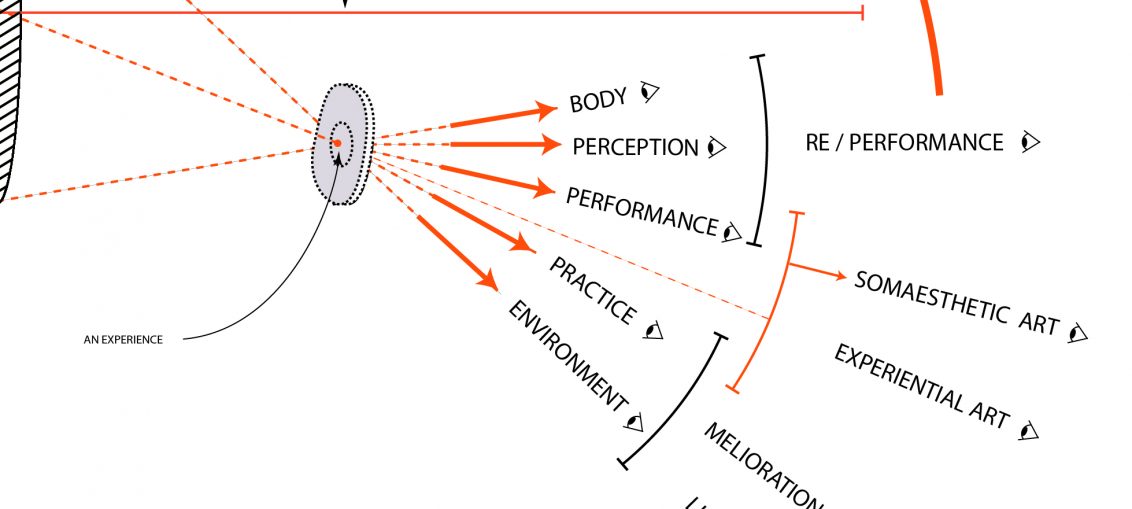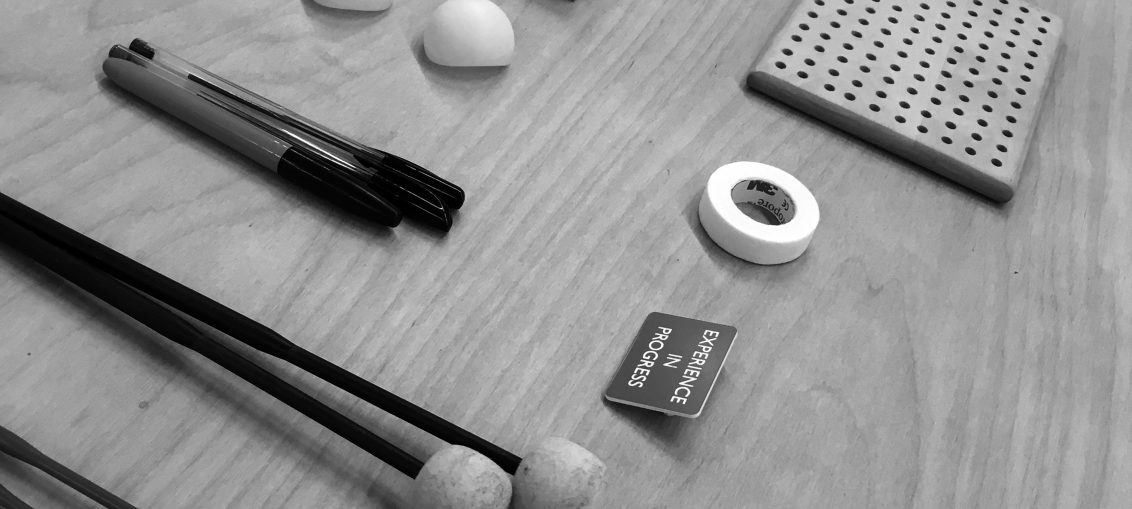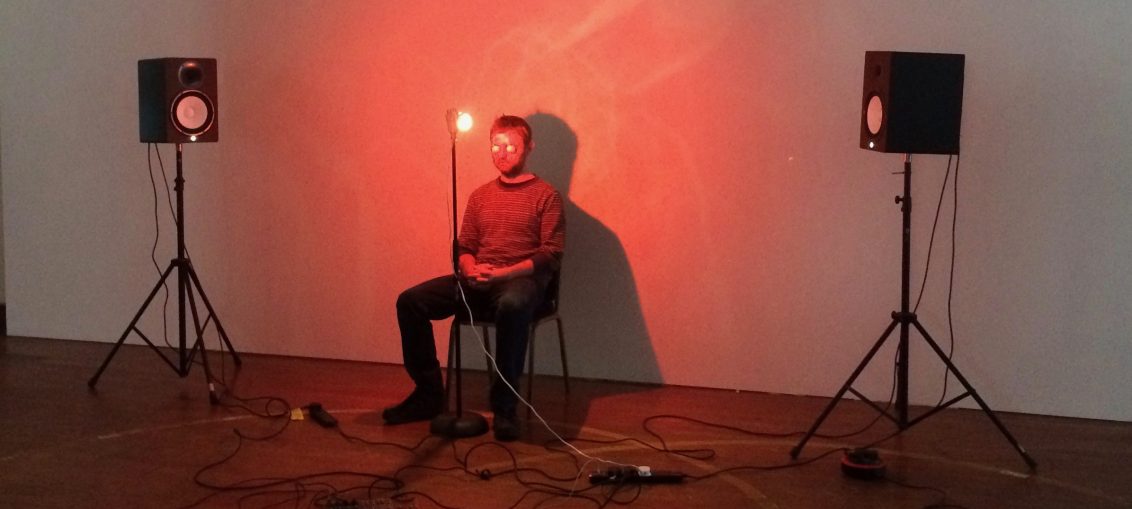A ‘Re/Action’ is a form of experiential art which resembles a workshop and consists of a series ‘actions’ performed or experienced by participants who interchange between roles of experimenter and audience. The focus is on reflection and introspection, for both the experimenter and participant. The process should generate new questions and evolving iterations for future action and re/action. 1. Initiation: Preparatory sub-actions, questionnaires and tasks that serve as cognitive primers which inform the following actions. 2. Action: The experience [an experiment] This should include qualitative and quantitative measures, further questionnaires, biometric data [sweat response / Heart rate] that feeds back into the experience. Importantly the process and apparatus of data collection are part of the experience. 3. Reflection: Interview and discussion. This should comprise of structured
Tag: re/performance
Seven Practical experiments
Images from 'Seven Practical Experiments' workshop as part of Sum total of all the actions at Rogue artists studios. 1: Feldenkrais - See notes on the inwardly generated image (by deformation of the eyeball) 2. Anomalous perception scale Spontaneous sensations 3: Action intention paradox [See developmental notes] Alien hand 4: Concerning the inwardly generated image [See notes on Ganzfeld variation 1] 5: You are the object of your own observation [See notes on the mirror gaze experiment] 6: You are the object of your own observation. Mirror Gaze experiments in near darkness. 6: Perception without object [The perception of spatial relationships in respect to the orientation of one's body despite distracting information] See notes on Ganzfeld variation 2 7. The permanent possibility of experience. An based on the experiments of Ernst Mach [Notes to come]
Concerning the inwardly generated image
Science re-imagined through the lens of somaesthetics
I find it helpful to think of physical metaphors to represent the research process. A phrase that comes up a lot in academic writing is this notion of an event or phenomenon through a 'lens'. How adopting a theoretical viewpoint can shed new light on a subject / revealing new meaning and understanding. In my own research, I have been interested in ‘somaesthetics' as a theoretical framework for my project. Science re-imagined through the lens of SOMAESTHETICS as illuminated by artistic research Somaesthetics, as defined by Richard Shusterman, foregrounds bodily perceptions and practices and how these contribute to knowledge and our construction of reality (1) specifically ‘pragmatic somaesthetics’ includes training and harnessing bodily experience. Furthermore, its practical element endorses bodily practice. This would









